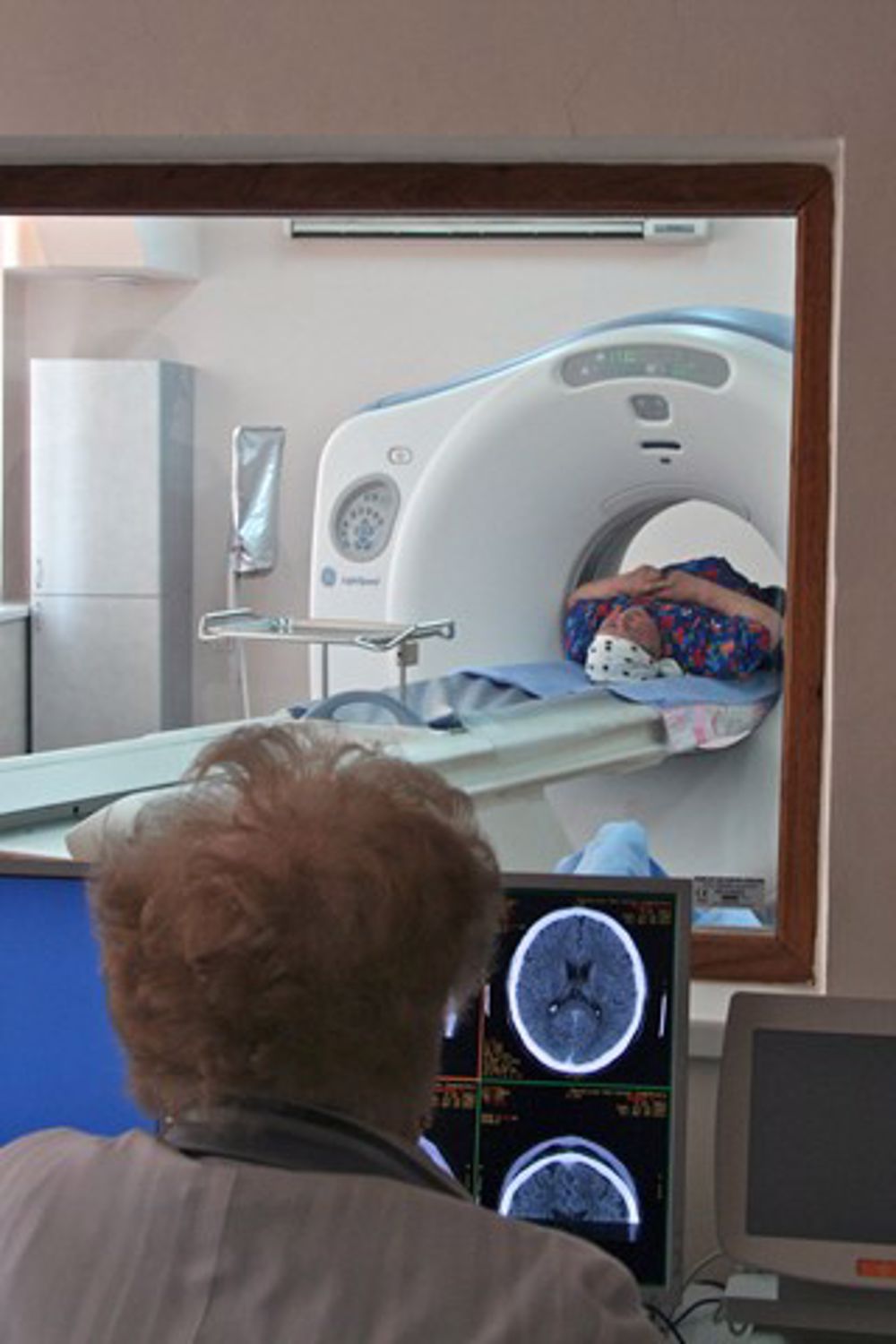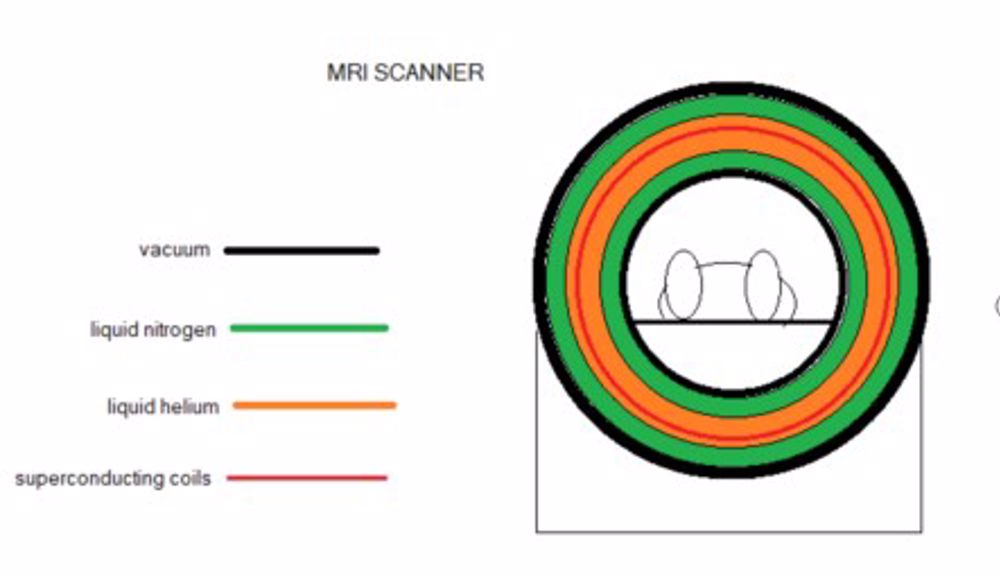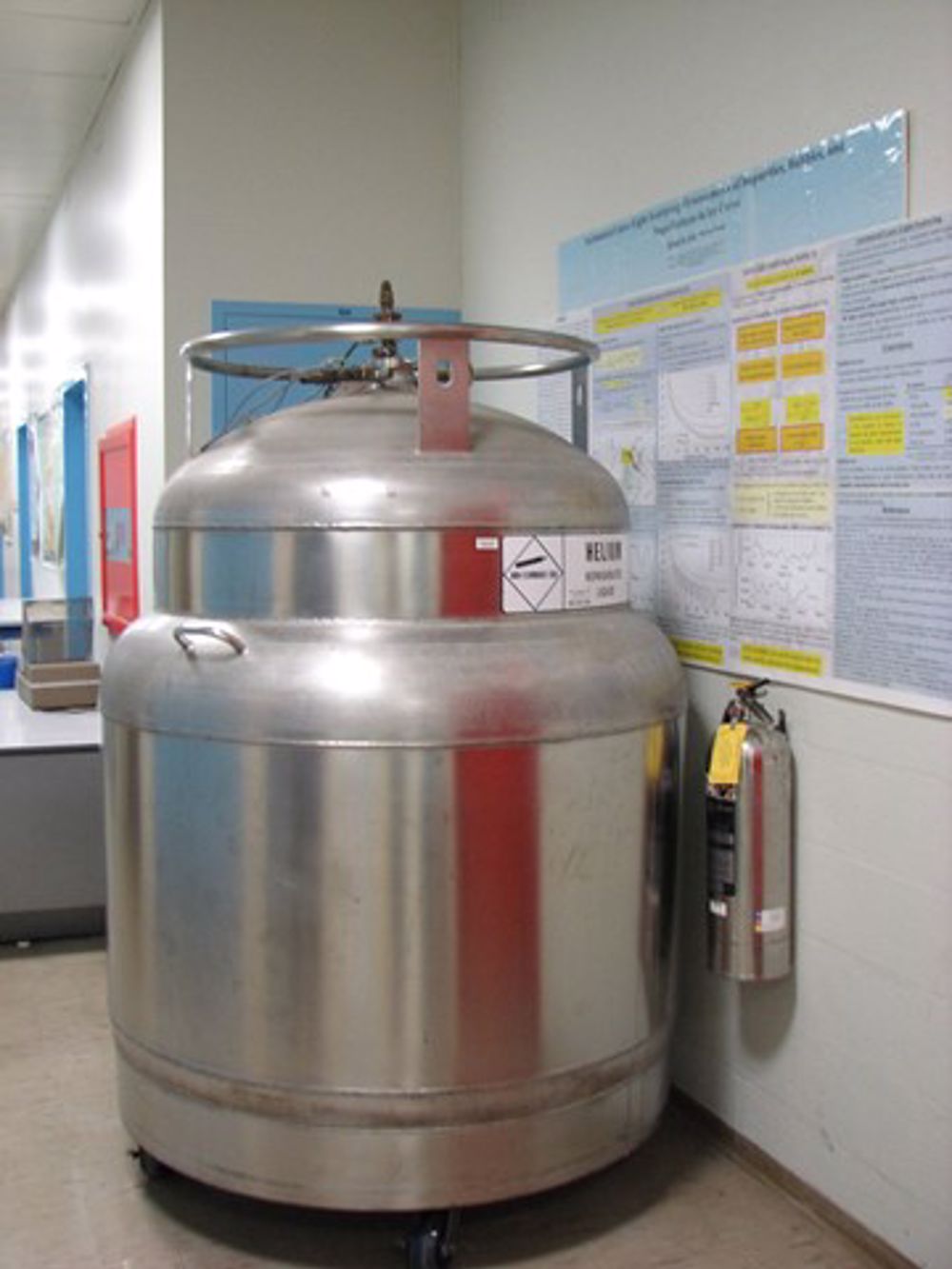Chemical engineering and Medical Imaging
As a patient lies in the close space of an MRI imaging machine the medical staff focused on the monitor can see every detail in the patient’s head and body enabling the specialist to decide on life saving procedures.

MRI is the greatest advance since Wilhelm Rontgen took the famous first Xray image of the bones of his wife's hand in 1895 and for the first-time non-invasive view of a person's inside was available.
To enable the operation of the MRI (magnetic resonance imaging) chemical engineering is involved.
MRI uses an intense magnetic field through the space occupied by the patient. It is much larger than the field of a scrapyard magnet which can lift whole cars. If the system used conductors in the conventional way intolerable and uncontrollable heat would be produced. However, by cooling the conducting coils to an extremely low temperature they become superconducting with little resistance and hence little heat generation. To do this, coils are cooled by a 'bath' of liquid helium at 4°K (-269°C) and to hold the liquid helium at this temperature it too is immersed in a bath of liquid nitrogen.

Chemical engineering is key to the supply of liquid helium and liquid nitrogen essential for MRI.
Helium occurs in natural gas in various parts of the world and is separated out at source. The separation plant and bulk transport demand chemical engineering of the highest standard. Helium can be transported as compressed gas or in bulk liquid with liquid nitrogen as shielding

As it is from the production of hydrocarbon fuels, the global effort to achieve zero carbon emissions will affect this source. However, the atmosphere contains helium (albeit 0.0005%) and air separation plant as a source of helium can be run entirely on renewable energy and, fitted with a neon/ helium attachment provides a limitless source of helium. With sound chemical engineering the appropriate processing and high-tech transport ensures that the many uses for which helium is required most critically that of medical MRI will be guaranteed for the future.